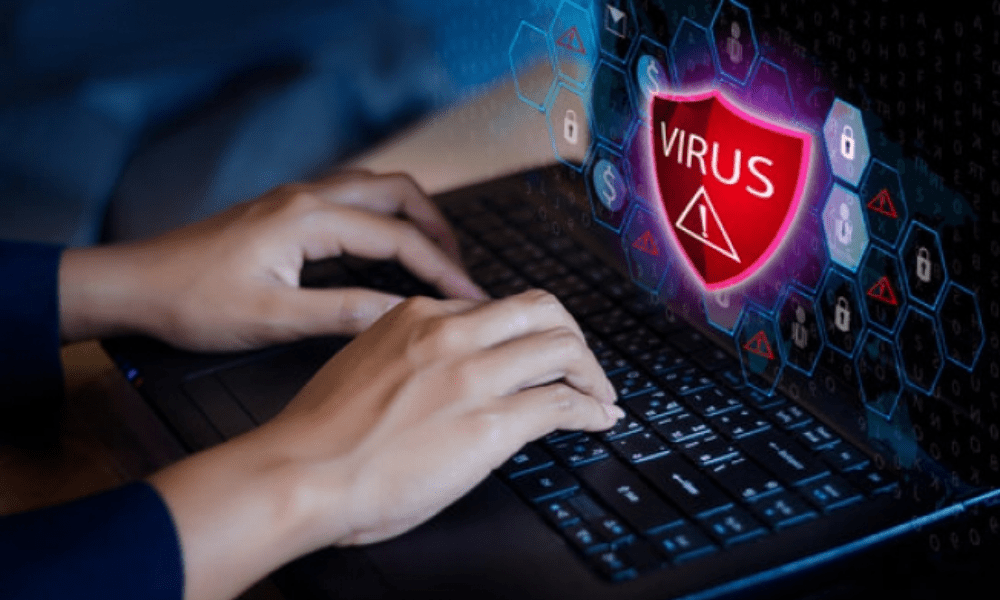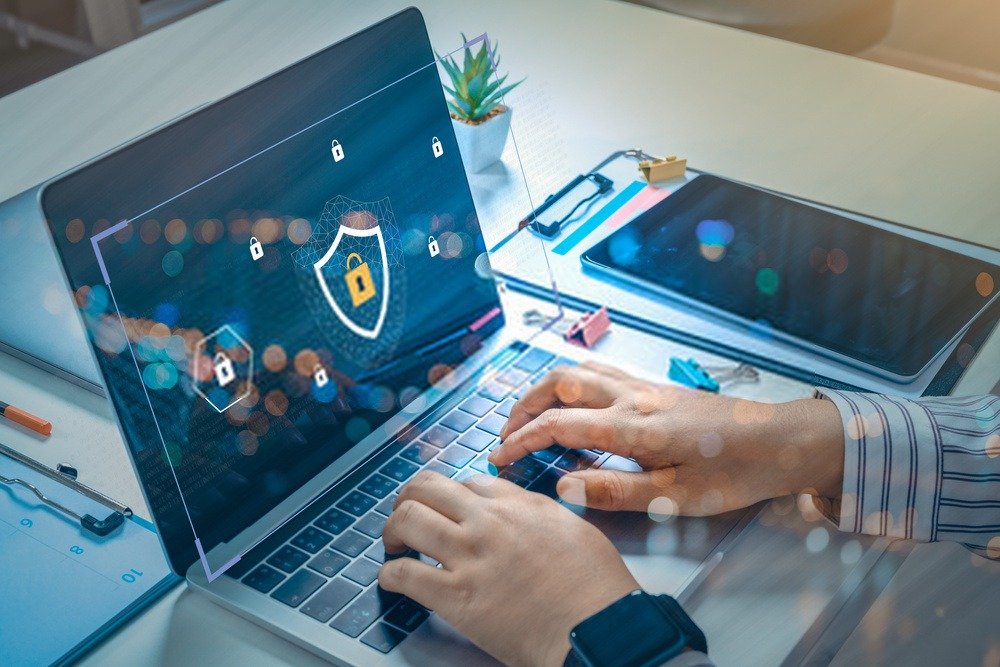Malware, or malicious software, represents a persistent threat in the world of modern technology. These computer programs designed with the intention of causing damage, stealing information or disrupting the operation of a computer can be very harmful if not detected and eliminated quickly.
In this article, we will explore what malware is, how to detect it and, above all, how to get rid of it effectively.
Understand what malware is
Malware is a generic term used to describe any software designed to cause damage or disrupt the normal functioning of a computer system. There are several types of malware, each with their own goals and methods of infection. Here are some examples:
Viruses
Viruses are computer programs that can duplicate themselves and spread to other files on a computer. They can corrupt or delete data, making a system unstable or even completely unusable.
Worms
Worms are programs similar to viruses, but they have the ability to spread automatically across computer networks, often by exploiting security vulnerabilities.
Trojan horses
Trojans are programs that pose as legitimate, but once installed, open a backdoor on a system, allowing hackers to remotely access the infected computer.
This article might interest you : How to detect a keylogger on your smartphone?
Spyware
Spyware: Spyware, also called Spyware, is designed to take, without users' consent, information from their device, such as Internet browsing habits, login credentials or personal data.
Ransomware
Ransomware is a type of malware that encrypts files on a computer system and demands a ransom to provide the decryption key. These attacks can cripple a company's operations or cause significant data loss for individual users. In France, CLOP ransomware is infamous as one of the most dangerous and widespread. A variant of CryptoMix, another famous ransomware, it is capable of blocking more than 600 Windows , disabling security tools like Windows Defender and subsequently encrypting the data present on the device. Today, CLOP has evolved and targets entire networks, in addition to individual or small business computers.
How to detect malware?

Early detection of malware is essential to limit potential damage. Here are some signs that may indicate the presence of malware on your PC:
- Very slow computer.
- Appearance of pop-up advertising windows
- Unauthorized modification of browser settings
- Disappearance or corruption of files
- Abnormally high usage of system resources
To detect malware, it is recommended to use up-to-date antivirus software. These programs are designed to scan for, identify and eliminate potential threats on your computer.
Some Tips for Removing Malware

If you suspect your computer is infected with malware, here are some steps you can take to remove it effectively:
- Update your antivirus software : Make sure your antivirus software is up to date with the latest virus definitions to ensure maximum protection against current threats.
- Perform a full system scan : Run a full system scan using your antivirus software to detect and remove all malware on your computer.
- Use specific removal tools : Some malware may be more difficult to remove and may require the use of specialized removal tools. Look for cleaning programs recommended by trusted sources to help you with this task.
- Reset browser settings : If your browser has been compromised by malware, such as fake updates , reset its settings to default to remove unwanted extensions or plugins.
- Back up and restore your files : If your files have been damaged by ransomware or any other type of malware, consider restoring from a recent backup to recover your data.
- Strengthen your computer security : To prevent future infections, be sure to keep your operating system, software, and applications up to date, and adopt good online security practices such as avoiding links and dubious attachments. Install a VPN for PC to encrypt your connection data, hide your IP address and detect malicious websites or questionable links, using the features of some quality VPN services.
In conclusion, prevention and rapid response are essential to protect your PC against malware. By understanding what malware is, knowing how to detect it, and following simple steps to remove it, you can reduce the risk of infection and keep your computer system secure.




